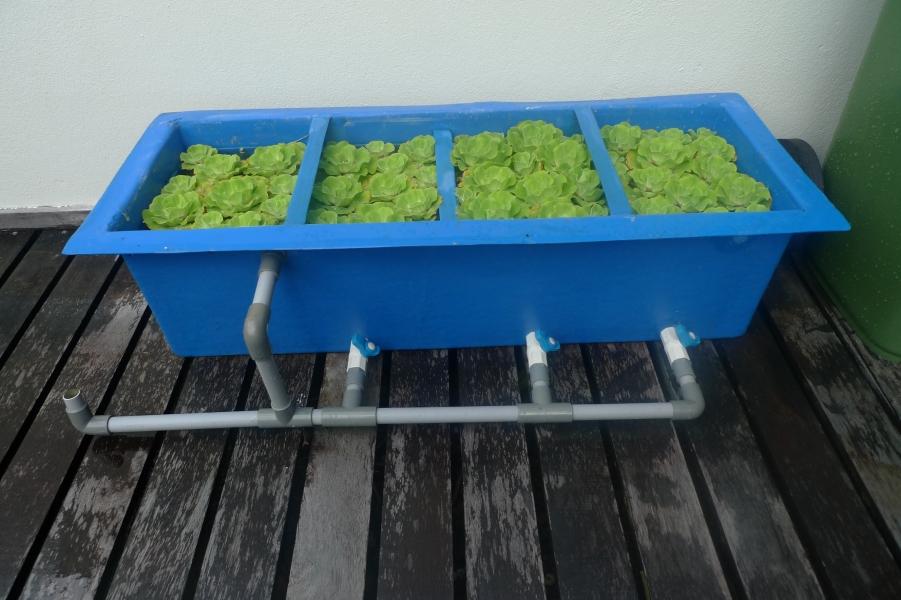
10 Essential Tips for Maintaining a Beautiful Koi Pond
Koi ponds are a beautiful addition to any garden, providing a place to relax and unwind while admiring the stunning colors of these magnificent fish. However, maintaining a healthy koi pond requires some effort and regular maintenance. In this article, we’ll provide tips on how to maintain a beautiful koi pond that your fish will thrive in.
1. Choose a suitable location
The first step in maintaining a healthy koi pond is to choose the right location for your pond. Avoid placing your pond under trees or near other plants. Trees can create debris that can fall into your pond, and plants may compete with your fish for oxygen.

2. Install proper filtration
A proper filtration system is crucial for maintaining a healthy koi pond. Filtration helps to remove debris, uneaten food, and waste from the pond. Installing a biological filter, mechanical filter, and UV sterilizer will ensure that your water stays clear and your fish stay healthy.

3. Maintain water quality
Water quality is critical in maintaining a healthy koi pond. Fish waste and uneaten food can cause ammonia and nitrite levels to rise, which can be harmful to your fish. Regularly test the water and make adjustments as necessary. Keep the pH levels between 7.0 and 8.0 and ensure that your water hardness levels are appropriate for your fish species.
4. Ensure proper oxygenation
Oxygen is essential for your fish’s health. Your koi pond should have an oxygenation system that works to agitate the water’s surface and increase the oxygen content. A waterfall, fountain, or air pump is ideal for achieving this purpose.
5. Feed your fish properly
Feeding your fish the right food and amount is crucial in maintaining their health. Koi fish are omnivorous and should be fed a balanced diet that includes both protein and plant-based food. Feed your fish 2-3 times daily, and only the amount they can consume in 5 minutes.

6. Monitor your fish’s health
Regularly observe your koi fish to check for any signs of illness or injury. Common signs of an unhealthy fish include lethargy, loss of appetite, and visible wounds or sores. If you notice any of these signs, take prompt action to diagnose and treat the issue.

7. Conduct regular water changes
Regular water changes are essential for maintaining good water quality and healthy fish. Change 10-20% of your pond’s water every week to remove debris, toxins, and other pollutants. Use a siphon to remove debris from the bottom of the pond.

8. Control algae growth
Algae growth is a common problem in koi ponds, and too much algae can be harmful to your fish. Prevent algae growth by providing shade to your pond, avoiding overfeeding your fish, and adding algae-eating fish to your pond.

9. Protect your fish from predators
Koi fish are attractive to many predators, including birds and raccoons. Take steps to protect your pond from predators by using netting, fencing, or other barriers.
10. Enjoy your koi pond
Finally, remember that your koi pond is a source of relaxation and pleasure. Take the time to enjoy your pond and observe your fish. Regular maintenance will ensure that your pond remains a healthy and beautiful addition to your garden for years to come.